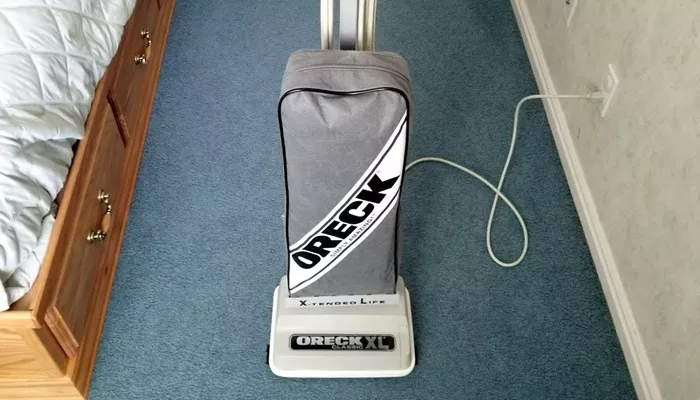Look, you know you love your Roomba or whatever robot vacuum you buy. Once you’re able to use it and you’ve gotten used to it, it’s great to have it sweep and suck up dust from your floors. But once it’s done, which is usually in less than two hours, it returns to its hub until the next day. Scientists at the University of Bath and the University of Calgary think your robot vacuum can do more.
In a paper published in the Association for Computing Machinery, Yoshiaki Shiokawa and his team surveyed 50 robot vacuum owners and found that the little suction cup stayed in its hub for the most part, except between 7 and 11 a.m. What’s more, the vacuum took an average of one hour and 47 minutes to complete a single cleaning job each day. This got them wondering what a robot vacuum could do besides cleaning.
Ultimately, the researchers worked with 12 human-computer interaction experts to come up with more than 100 additional uses and tasks that a robot vacuum could easily accomplish with just a few modifications. The ideas fell into eight categories: personal assistance, health and wellness, food preparation, home maintenance, pet care, communication, entertainment, and safety.
For example, a laser pointer could be added to a robot vacuum to entertain your cat while you work. Another option is to attach a camera so it can act as a mobile security camera, patrolling the house while you’re away and viewing it through an app. With a little modification, it could also water your plants while cleaning the floors. It could also become a mobile version of an Amazon Echo or similar device, allowing you to set alarms, display weather forecasts on demand, and other voice command options.
This is not the first time someone has proposed something like this. Amazon Astro was originally built as a commercial security robot, but later transformed into a multi-functional home robot, but it was expensive. Researchers believe that current robot vacuum models can achieve similar multi-functional functions, but at a smaller scale and cost.
Expanding the potential of a technology that originally only provided a single function is itself a story of innovation. The toaster, which was originally used to toast bread (one side), later developed into an oven to heat sandwiches, pastries and pizza, and finally toasting bread became a function of the multi-functional air fryer. Alexander Graham Bell, the inventor of the telephone, probably didn’t expect his invention to play movies, schedule appointments, and do just about anything, all in a small package.
If there’s one thing humans are good at, it’s building on existing premises and improving on something that’s already there. Time will tell if our little flat disc robot vacuum cleaners can turn into multifunctional gadgets that make life easier. Or at least keep your cat entertained while you write an article on your laptop.
Related topics:
- Bissell Crosswave vs. Tineco: Which is Better?
- How Much Are the Bissell Crosswave: A Comprehensive Analysis
- Eureka vs Bissell: Which is Better?

